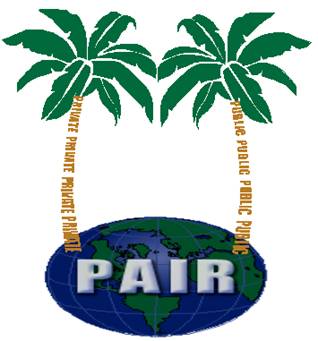What is an invention?
In patent jargon,
an invention is generally defined
as a new and inventive
solution to a technical
problem. It may relate to the creation of an entirely new device, product,
method or process, or may simply be an incremental
improvement to a known product or process.
Or
An invention is "the discovery or creation of a new material” (either a new
manufactured product or a new composition or matter), a new process, a new use
for an existing material, or any improvements of any of these."
Merely finding
something that already exists in nature generally does not qualify as an
invention; an adequate amount of human ingenuity, creativity and inventiveness must
be involved. While most inventions nowadays are the result of considerable
efforts and long term investments in Research and Development (R&D), many
simple and inexpensive technical improvements, of great market value, have
yielded significant income and profits to their inventors or companies.
Inventions may include:
To
improve manufacturing processes in order to save costs and improve
productivity; To introduce new products that meet customer needs; To remain
ahead of the competition and/or expand market share; To ensure that technology
is developed to meet actual and emerging needs of the business and its clients;
To prevent technological dependence on other companies’ technology.
In
today’s economy, managing innovation within a company requires a good knowledge
of the patent system in order to ensure that the company draws maximum benefit
from its own innovative and creative capacity establishes profitable
partnerships with other patent holders and avoids making unauthorized use of technology
owned by others. Unlike the past, many innovations nowadays are complex and are
based on a number of patented inventions, which may be owned by different
patent owners.
.
In patent jargon,
an invention is generally defined
as a new and inventive
solution to a technical
problem. It may relate to the creation of an entirely new device, product,
method or process, or may simply be an incremental
improvement to a known product or process.
Or
An invention is "the discovery or creation of a new material” (either a new
manufactured product or a new composition or matter), a new process, a new use
for an existing material, or any improvements of any of these."
Merely finding
something that already exists in nature generally does not qualify as an
invention; an adequate amount of human ingenuity, creativity and inventiveness must
be involved. While most inventions nowadays are the result of considerable
efforts and long term investments in Research and Development (R&D), many
simple and inexpensive technical improvements, of great market value, have
yielded significant income and profits to their inventors or companies.
Appreciating
the distinction between “invention” and “innovation” is important. Invention refers to a technical solution
to a technical problem. It may be an innovative idea or may be in the form of a
working model or prototype. Innovation refers
to the translation of the invention into a marketable product or process. Some
of the main reasons why companies innovate include:
To
improve manufacturing processes in order to save costs and improve
productivity; To introduce new products that meet customer needs; To remain
ahead of the competition and/or expand market share; To ensure that technology
is developed to meet actual and emerging needs of the business and its clients;
To prevent technological dependence on other companies’ technology.
In
today’s economy, managing innovation within a company requires a good knowledge
of the patent system in order to ensure that the company draws maximum benefit
from its own innovative and creative capacity establishes profitable
partnerships with other patent holders and avoids making unauthorized use of technology
owned by others. Unlike the past, many innovations nowadays are complex and are
based on a number of patented inventions, which may be owned by different
patent owners.



















 Posted in:
Posted in: 





















